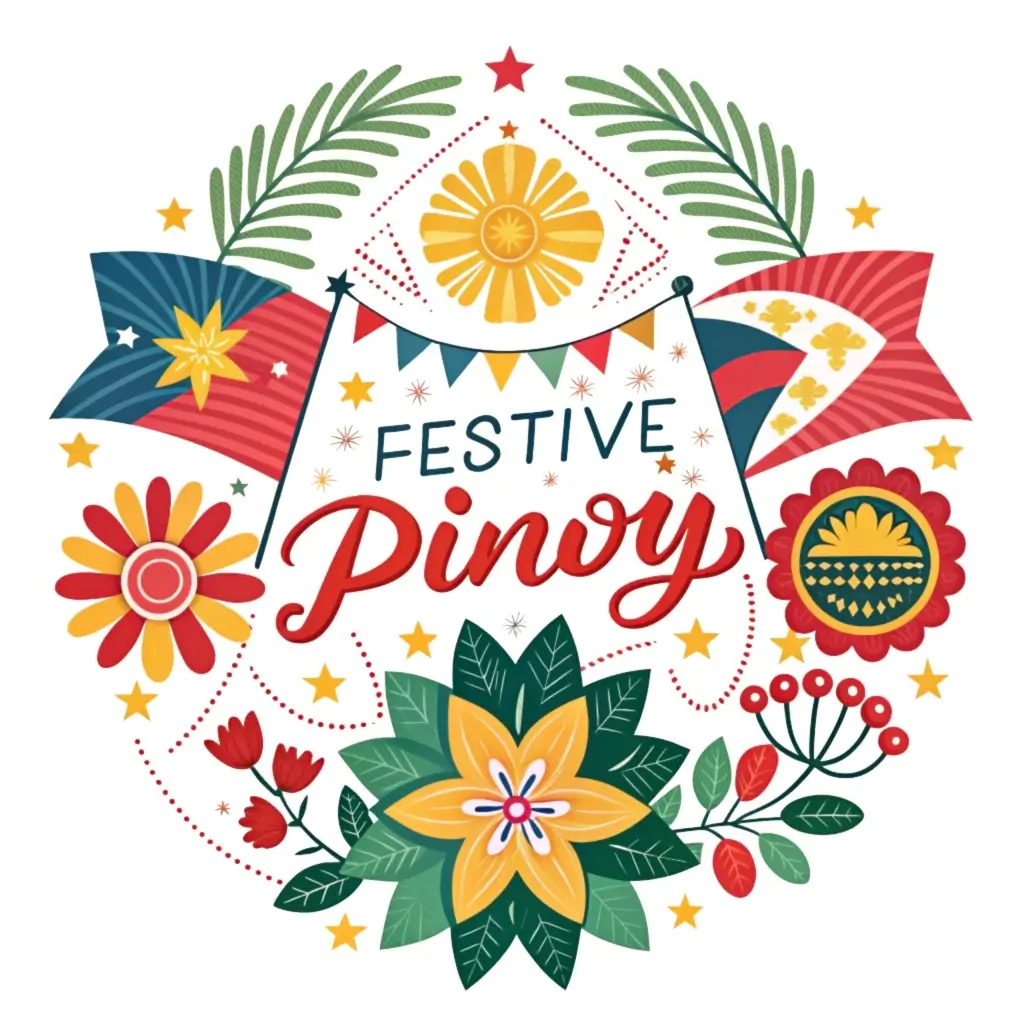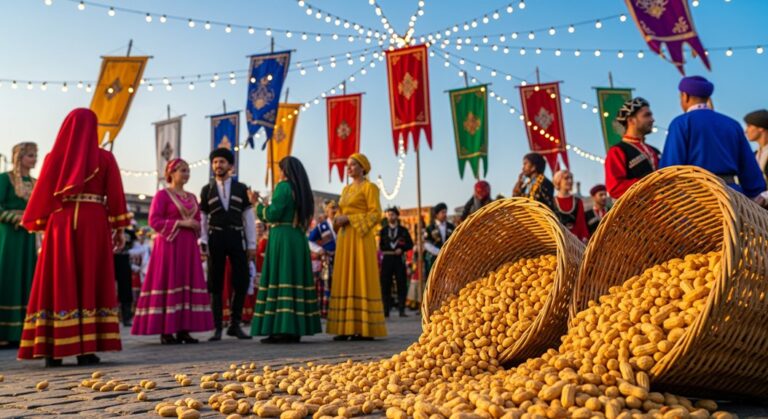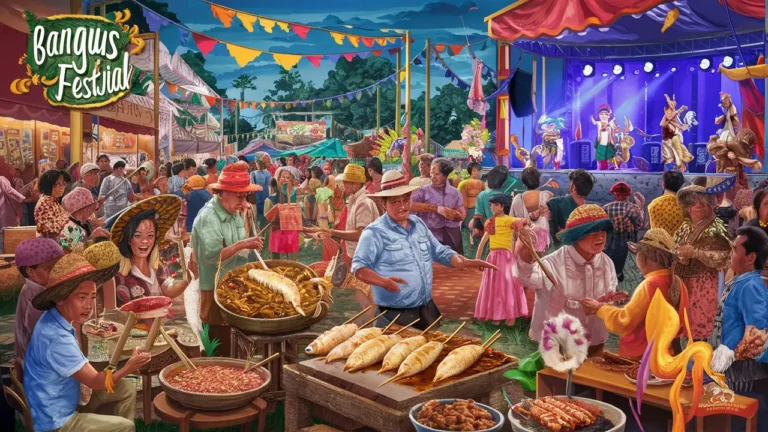Regada Festival: Cavite’s Regada Festival: Complete Visitor’s Guide
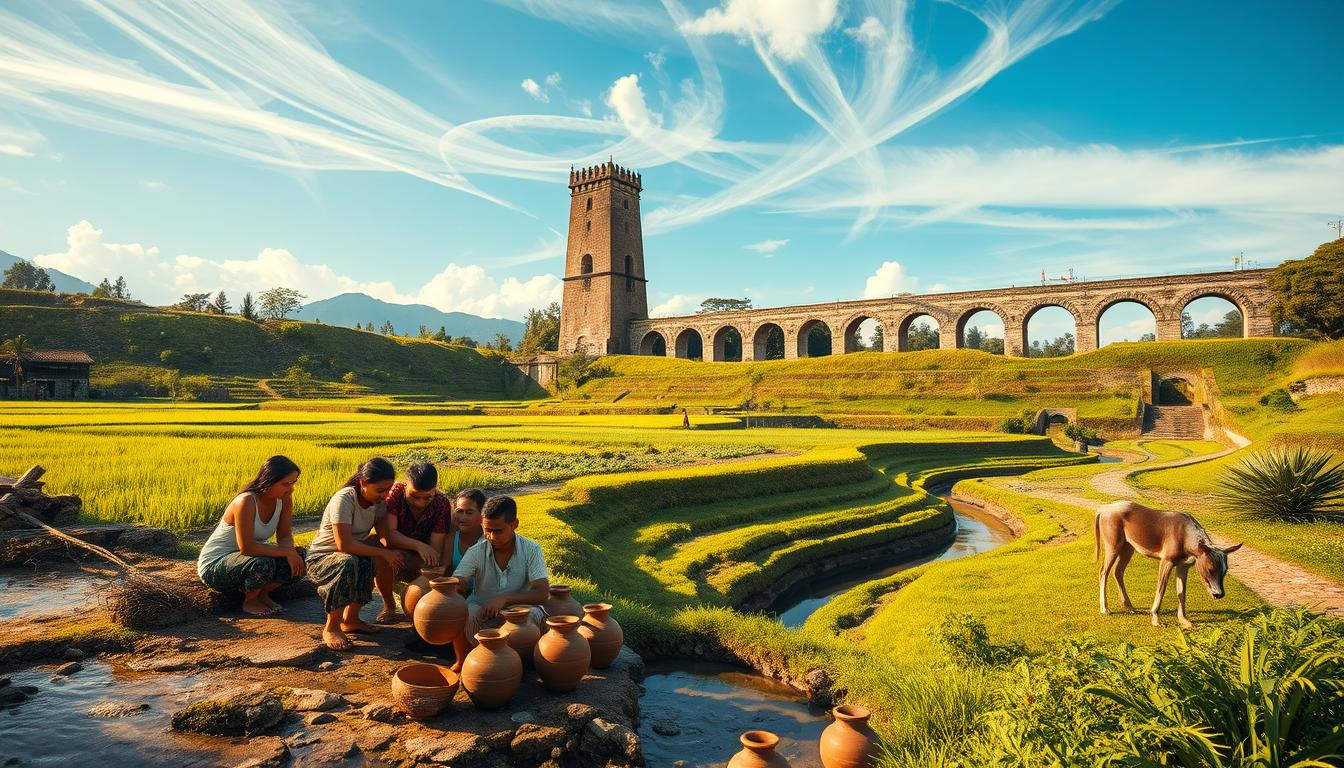
Every June 24, the streets of Cavite City come alive with laughter, music, and splashing water. This annual celebration blends faith, culture, and environmental awareness into one unforgettable experience. Locals and visitors alike gather to honor San Juan Bautista while enjoying the thrill of massive water fights.
Since 1996, this event has transformed P. Burgos Avenue into a kilometer-long water playground. Fire trucks join the fun, drenching crowds alongside street sprinklers. The festivities also include colorful parades with performers wearing costumes made from recycled materials.
More than just a water festival, the occasion highlights the community’s commitment to tradition and ecological responsibility. Coastal cleanups and cultural performances add depth to the week-long schedule of events.
Key Takeaways
- Annual event held every June 24 in Cavite City since 1996
- Combines religious traditions with lively water activities
- Features kilometer-long sprinklers and fire truck water sprays
- Includes environmental initiatives like coastal cleanups
- Showcases unique cultural performances and recycled costumes
What Is Cavite’s Regada Festival?
Water dances through the air as crowds celebrate a beloved tradition. The Regada Water Festival blends faith and fun, honoring San Juan Bautista’s feast day with lively water fights. For a week each June, the city becomes a canvas of joy and reverence.
Rooted in Spanish heritage, the name comes from *regar* (to sprinkle). It mirrors baptism rituals, turning streets into liquid stages. P. Burgos Avenue buzzes with Basayawan parties, where fire trucks and sprinklers drench revelers.
Beyond the splashes, the Caracol parade weaves religious devotion with vibrant costumes. Environmental drives like Kulay at Tubig highlight eco-consciousness. Chavacano phrases echo through the crowds, tying past to present.
The History Behind Cavite’s Regada Festival
What began as a religious observance transformed into a citywide spectacle. This vibrant tradition carries centuries of cultural heritage while adapting to modern celebrations. Its evolution reflects Cavite’s unique identity as a bridge between past and present.
Origins and Spanish Influence
The event’s name comes from the Spanish word “regar,” meaning to water or sprinkle. This connects to baptism rituals honoring St. John the Baptist. The Chavacano dialect, a Spanish-based creole, further highlights colonial roots.
From 1996 to Today
In 1996, Mayor Tim Encarnacion reimagined local feast customs into a grand celebration. What started as simple processions now features:
| Year | Milestone |
|---|---|
| 1996 | First official citywide event |
| 2010 | Introduction of environmental programs |
| 2017 | 22nd anniversary featured on national TV |
Today, the week-long festival draws thousands to Cavite City. Media coverage and celebrity appearances continue expanding its reach. Yet at its core, the celebration remains true to its spiritual and cultural origins.
Honoring San Juan Bautista
The splashing waters of Cavite carry deep spiritual meaning tied to biblical history. San Juan Bautista, known as John the Baptist, is celebrated for baptizing Jesus in the Jordan River. This feast day merges joyous water play with reverence for the saint’s martyrdom.
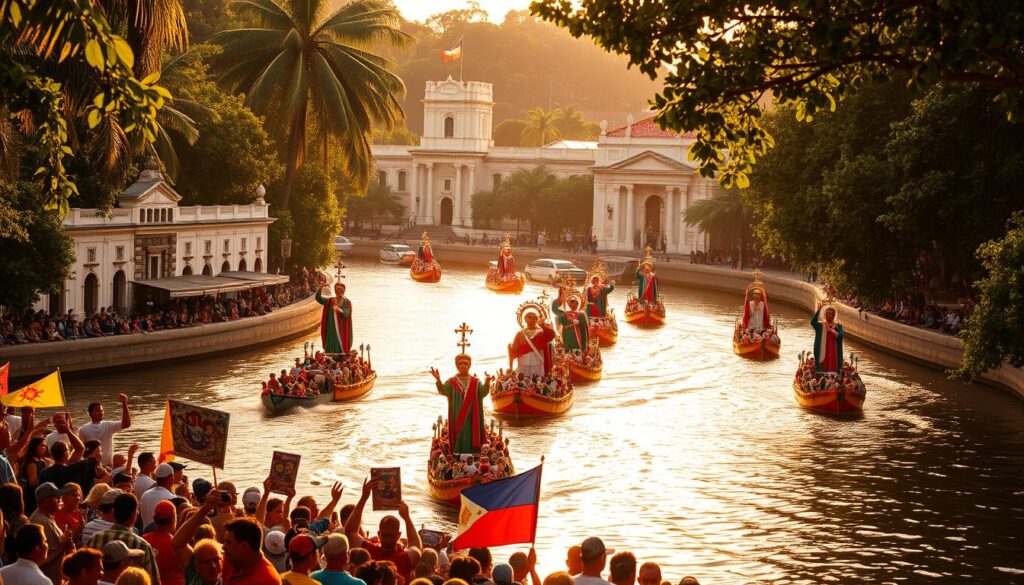
Central to the event is the Caracol ni San Juan Bautista, a fluvial parade where decorated boats circle Cavite’s coast. Participants are blessed with water, mirroring the saint’s role in spiritual cleansing. The route symbolizes his journey as a herald of faith.
Locals blend devotion with festivity, chanting prayers while dancing under sprinklers. Unlike Nueva Ecija’s Taong Putik mud ritual, Cavite’s celebration emphasizes water’s purity. Both traditions, however, honor the same tradition of renewal.
| Festival | Symbolism | Unique Element |
|---|---|---|
| Regada (Cavite) | Water as divine connection | Fluvial parade & street sprinklers |
| Taong Putik (Nueva Ecija) | Mud as humility | Participants covered in dried mud |
Theologically, water represents rebirth—echoing John Baptist’s message. From biblical baptism to modern revelry, the festival bridges sacred history and community joy.
Key Events and Activities
A mix of water battles, religious processions, and eco-friendly activities defines this unique gathering. Each year, the celebration transforms the city into a lively stage for tradition and creativity.

Basayawan sa Kalye: The Ultimate Water Party
P. Burgos Avenue becomes a mile-long splash zone during Basayawan sa Kalye. Fire trucks spray arcs of water while industrial sprinklers drench crowds. Locals dance under the streams, turning the street into a giant water playground.
Caracol ni San Juan Bautista
The Caracol begins with a colorful boat procession along the coast. Floats carry the image of St. John the Baptist, followed by a midday blessing ceremony. This blend of faith and festivity honors centuries-old traditions.
Kulay at Tubig and Environmental Efforts
Students showcase creativity in the Kulay at Tubig contest, using water-based paints to highlight marine conservation. The event aligns with coastal cleanups and recycled costume contests, emphasizing environmental efforts.
Nightly concerts add to the excitement, featuring bands like Rivermaya. From dawn parades to star-studded performances, the schedule ensures nonstop fun.
Why Water Dominates the Celebration
Laughter mixes with splashing water as streets transform into liquid playgrounds. This isn’t just summer fun—every droplet carries centuries of meaning tied to St. John the Baptist’s legacy.
The water symbolizes baptism and renewal, mirroring the saint’s role in Christian tradition. Locals believe getting soaked brings spiritual cleansing and good fortune for the coming year.
This belief fuels Paulan sa Kalye (street rain), where fire hydrants and temporary pipes create artificial downpours. Participants welcome the drenching as both blessing and celebration.
Key elements make the experience unforgettable:
- Industrial sprinklers lining P. Burgos Avenue
- Fire department firetrucks spraying arched water cannons
- Safety teams monitoring water pressure and crowd flow
The city installs special infrastructure for the event, ensuring everyone joins the watery fun safely. What began as religious observance now unites communities through shared joy.
What to Expect as a Visitor
Visitors diving into this aquatic celebration should prepare for an unforgettable soaking experience. The golden rule? “Bawal ang Pikon”—no sore losers allowed when unexpected splashes come your way.
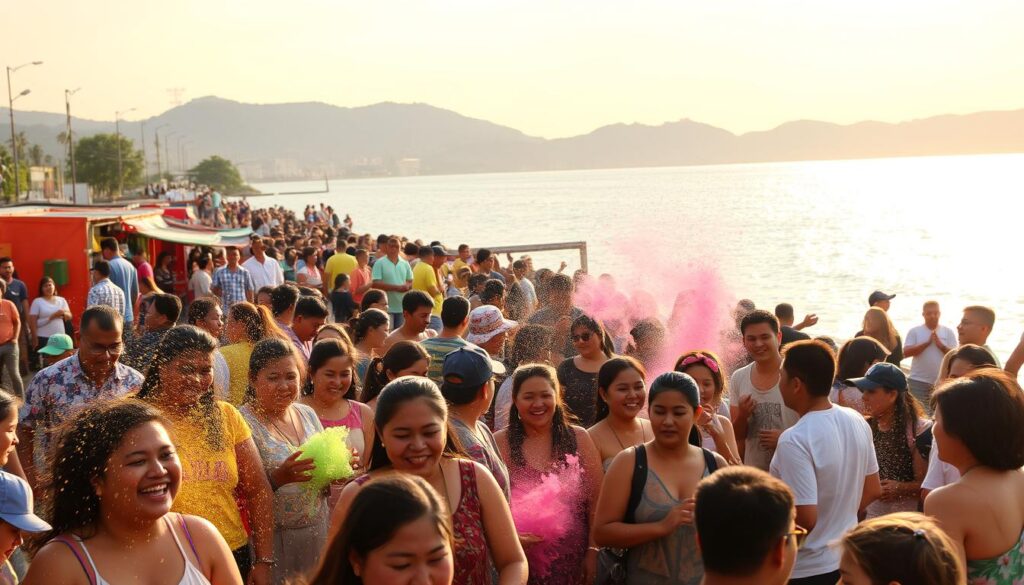
Leave work or school uniforms at home—this event demands quick-dry outfits and waterproof gear. Firetrucks patrol the streets, turning them into communal water parks with their powerful sprays.
Essential items make the difference between chaos and comfort:
| Must-Have Gear | Why It Matters |
|---|---|
| Waterproof phone case | Protects electronics from spontaneous splashes |
| High-powered squirt gun | Joins the water battle tradition |
| Strap-on sandals | Prevents slips on wet pavement |
| Dry bag | Keeps spare clothes and valuables safe |
Morning brings the Basayawan water dance, where strangers become teammates in massive splash wars. Afternoons shift to the Caracol parade, featuring boats adorned with recycled art.
Evenings pulse with concerts along P. Burgos Avenue. Local students showcase talents between performances by national bands. Street vendors serve sizzling tahong (mussels) and other Cavite specialties.
Safety teams monitor water pressure and crowd flow throughout the activities. Their advice? Embrace the chaos but watch your step—wet pavement can be tricky after hours of splashing.
How to Get to Cavite City
Navigating to Cavite City is simpler than you might think, with multiple transport options from Manila. Located just 30km southwest, the journey takes roughly an hour by bus—longer during June’s festival crowds.
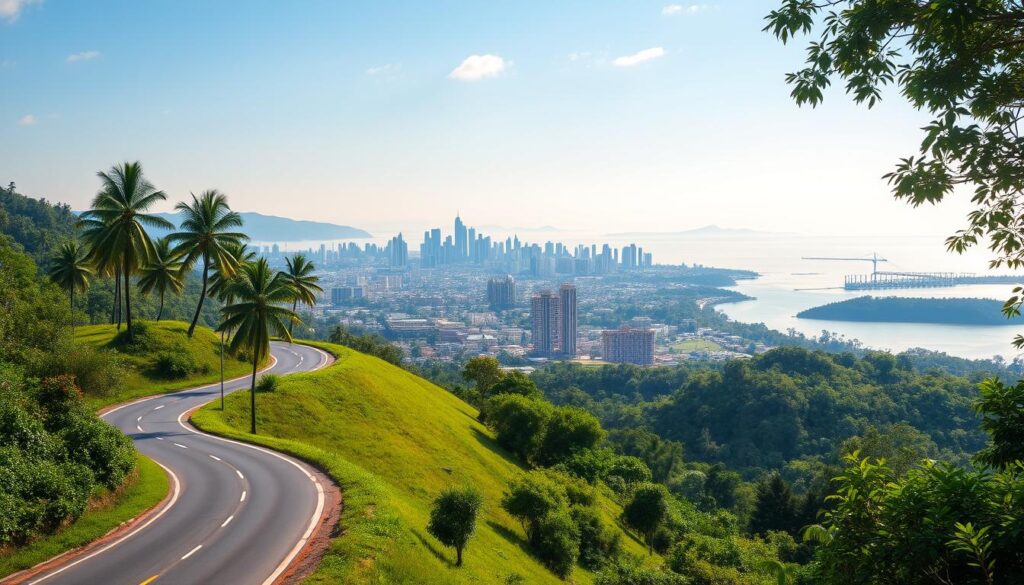
From Manila, hop on a Cavite City-bound bus at Pasay Terminal. These air-conditioned rides drop visitors near P. Burgos Avenue, the festival’s main hub. For drivers, coastal roads like Ternate-Nasugbu Highway bypass inner-city traffic.
Key landmarks to note:
- P. Burgos Avenue: Central splash zone and parade route
- Nearby guesthouses: Book early for June stays
- Manila Bay views: Scenic detours en route
| Transport Option | Time | Tip |
|---|---|---|
| Bus (Pasay Terminal) | 1–1.5 hours | Depart before 7 AM to avoid rush hour |
| Private Car | 45 mins–1.25 hours | Use Waze for real-time traffic updates |
| Ride-hail (Grab) | 50 mins–1 hour | Split costs with a group |
Parking fills fast during events. Designated lots near City Hall offer secure spots for a small fee. Pro tip: Pack a waterproof bag—your phone and wallet will thank you later.
Regada Festival’s Cultural Impact
Beyond the water fights, this celebration leaves a lasting mark on the city’s identity. It fosters unity and pride, bringing together locals and visitors in a shared experience. The event’s cultural impact is evident in its ability to preserve traditions while inspiring creativity.
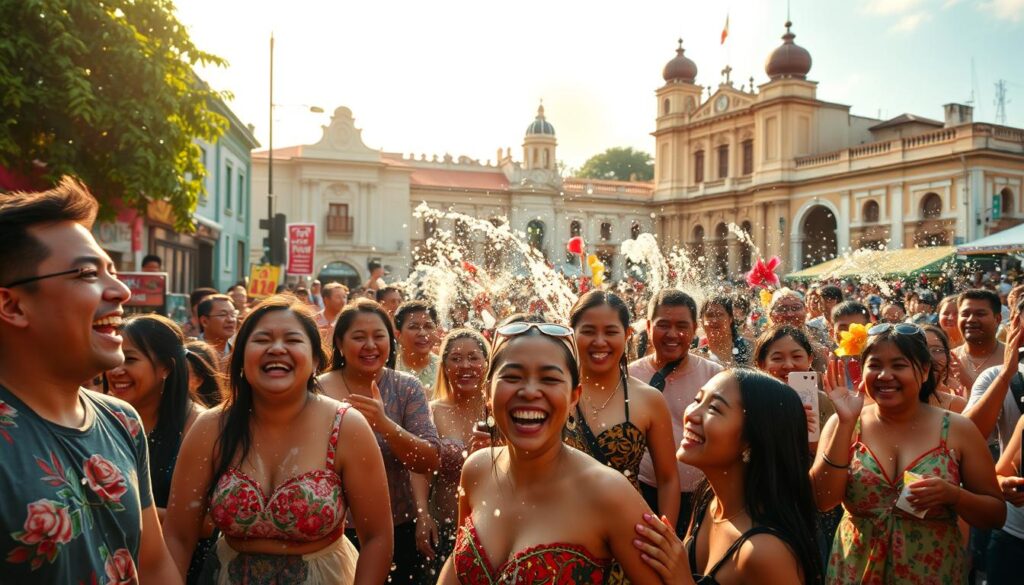
One of the most significant aspects is the revitalization of the Chavacano language. Event branding and activities often incorporate this Spanish-based creole, keeping it alive for younger generations. Schools play a vital role, with students participating in recycled costume contests and art exhibitions.
The celebration also boosts the local economy. Vendors see increased sales, and tourism spikes during the festivities. This economic boost supports small businesses and encourages community investment.
Environmental efforts are another key legacy. Annual coastal cleanups and eco-friendly initiatives leave a positive, long-term impact. These activities teach participants the importance of protecting natural resources.
| Aspect | Impact |
|---|---|
| Cultural Preservation | Revitalizes Chavacano language |
| Economic Boost | Increases tourism and vendor income |
| Youth Engagement | Students participate in contests and parades |
| Environmental Legacy | Annual cleanups and eco-initiatives |
| Media Recognition | Features on national TV boost visibility |
Media coverage, including appearances on shows like *It’s Showtime*, amplifies the event’s reach. This recognition not only celebrates the festival but also highlights the city’s vibrant culture to a broader audience.
Conclusion
Cavite City’s vibrant celebration of San Juan Bautista combines faith, fun, and eco-consciousness into one unforgettable experience. This annual event is a perfect blend of tradition and modernity, offering something for everyone.
From the lively water fights to the colorful parades, the Regada Festival showcases the community’s resilience and unity. It’s a time to honor heritage while embracing environmental responsibility.
For the best experience, plan your visit in June. Don’t forget to share your moments using #RegadaFestival to connect with others who’ve enjoyed this unique event.
This celebration is more than just a festival—it’s a reflection of Cavite City’s spirit and its commitment to preserving culture while fostering joy and togetherness.
